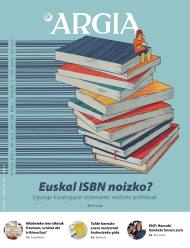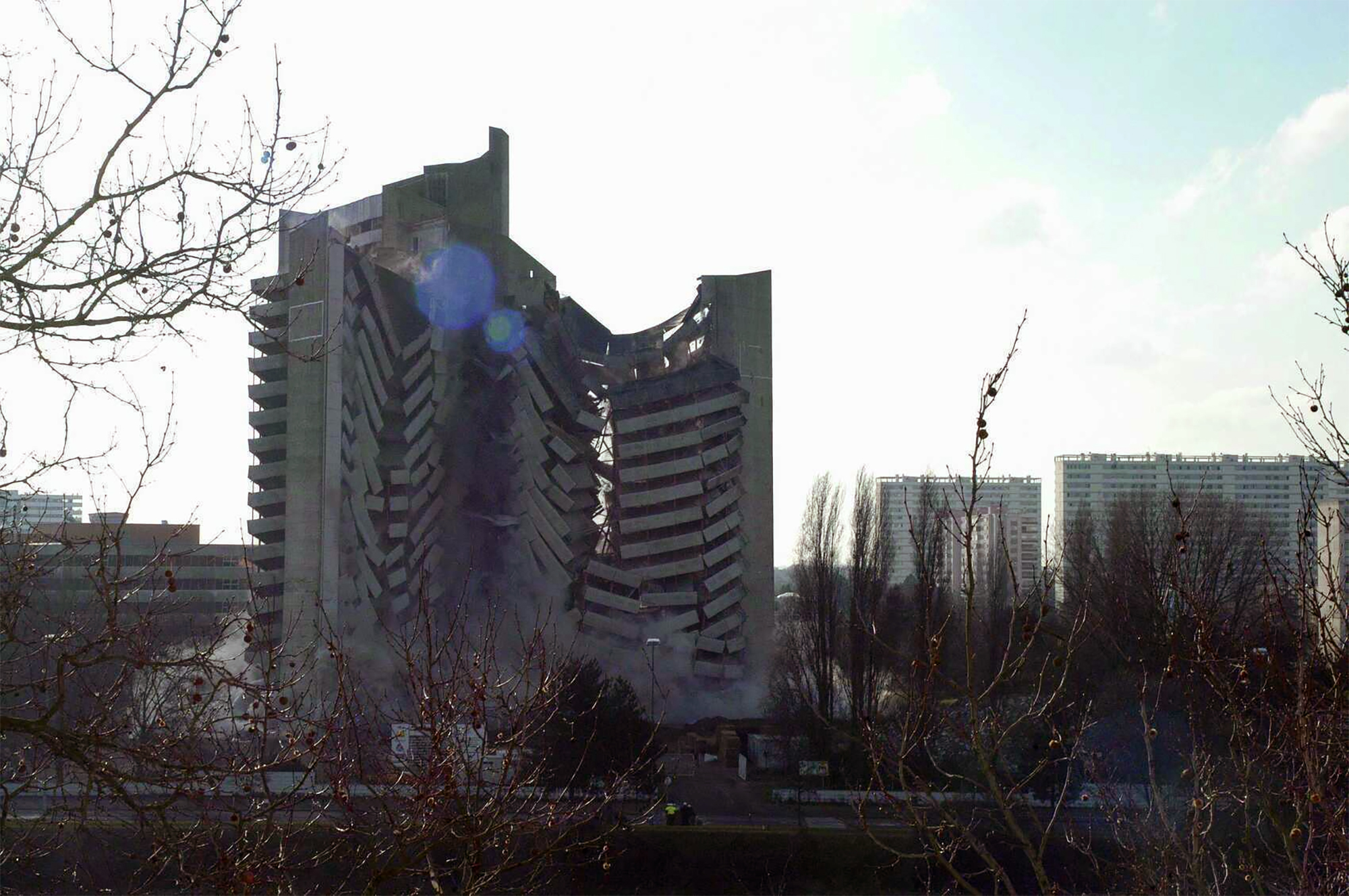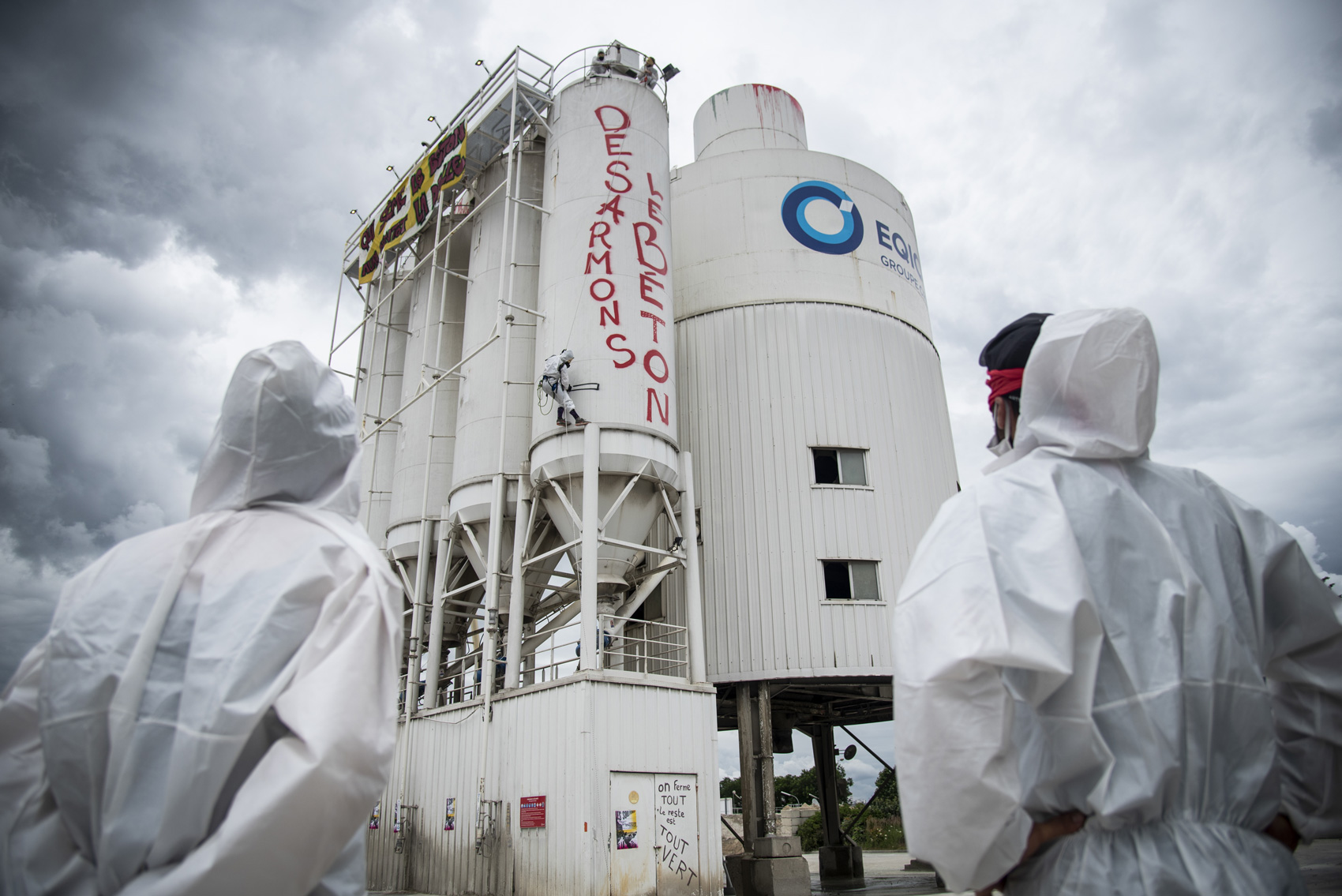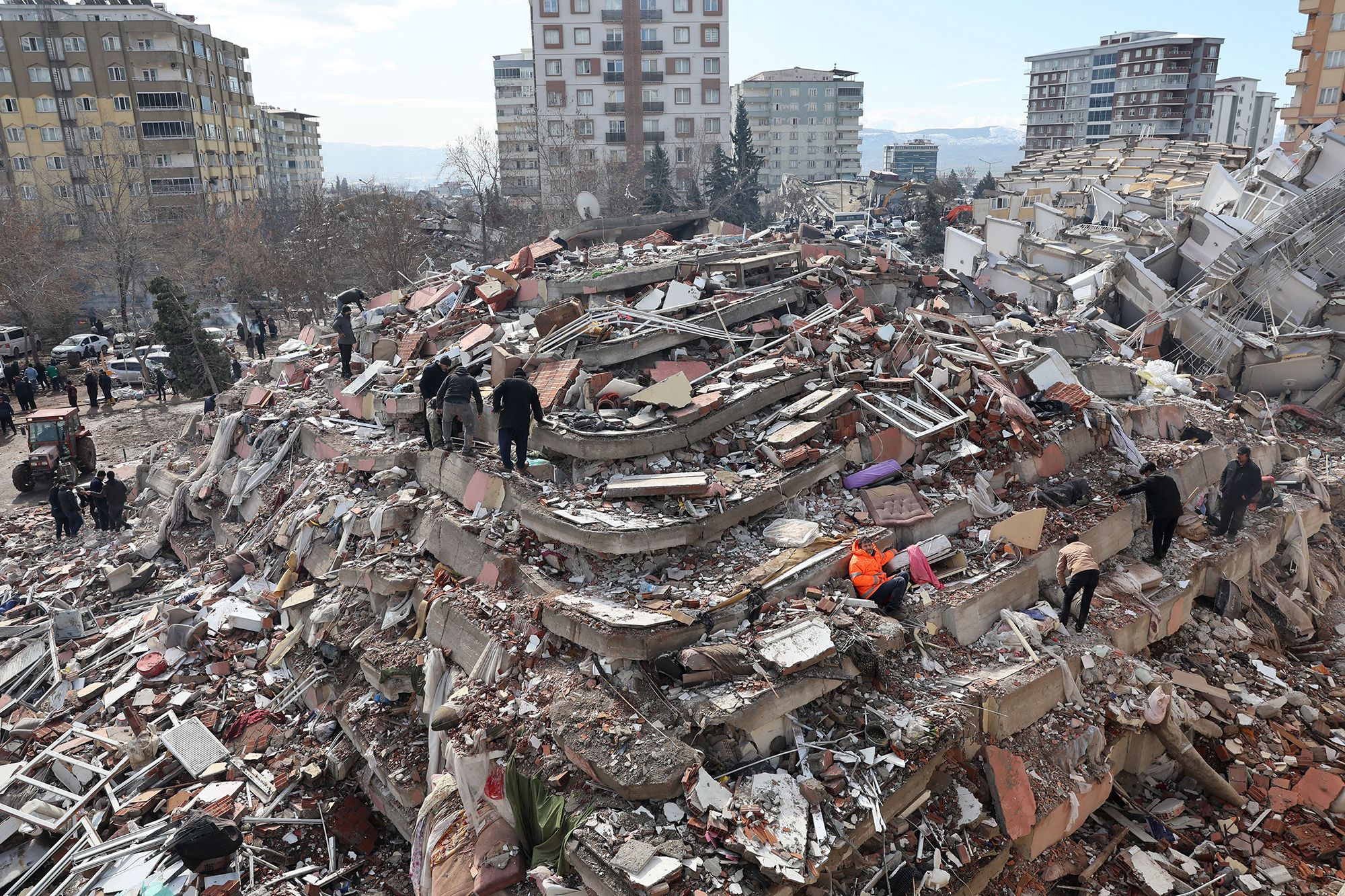"We keep doing home like 30 years ago."
- Making a house, renting it or buying it is not something we often do, but it is the biggest investment we make in life, usually. This has not changed for a long time, but it has changed the way of understanding construction. Instead of the homes we need to care for, we need to build healthy, sustainable homes that care for us. Passivhaus, homes with almost zero energy consumption -- these are new concepts for most of us, and the entrepreneur Koldo Monreal is passively demanding.
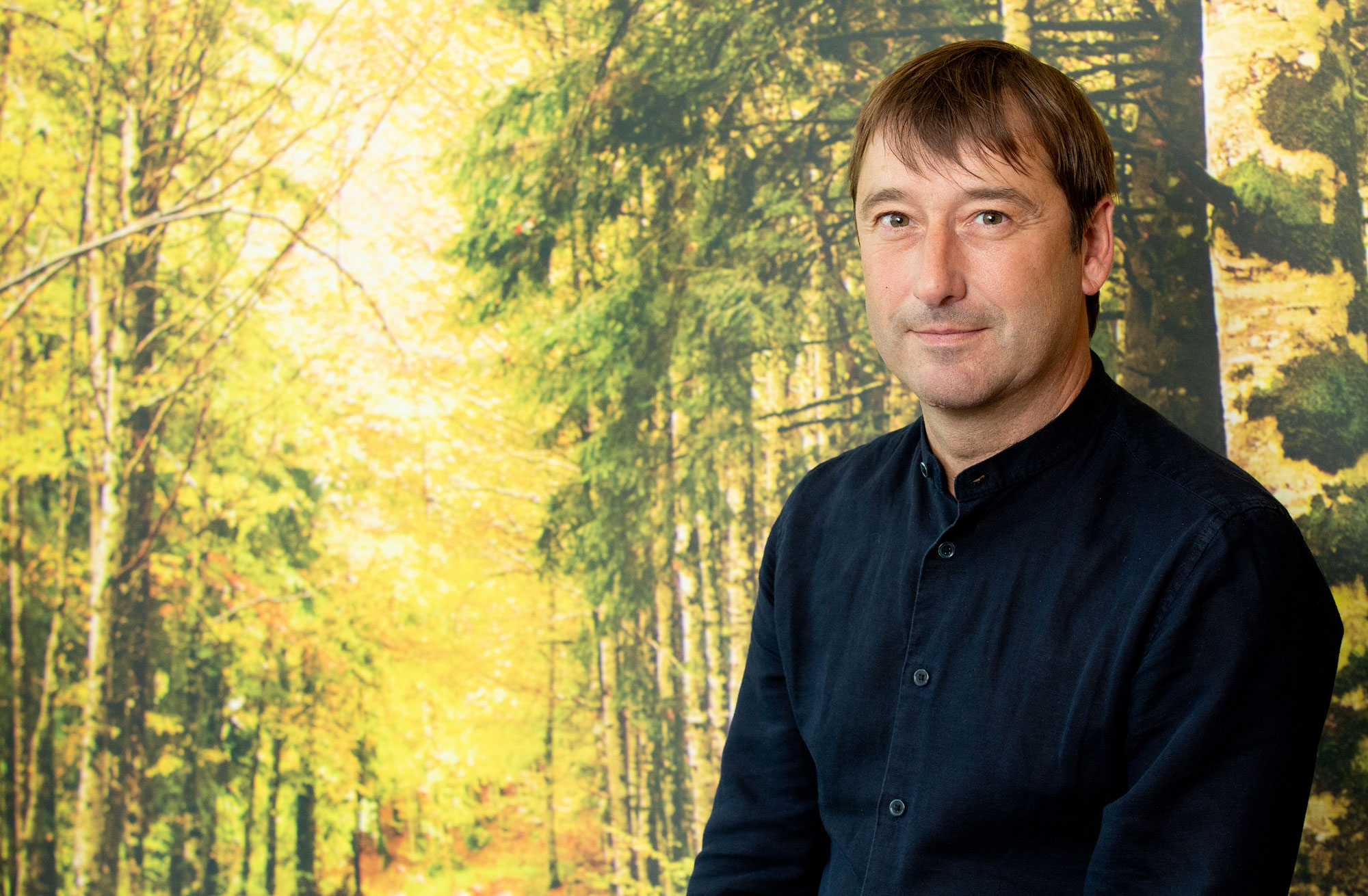
It talks a lot about values. How does it combine them with construction?
In life there are lessons and facts that shape you. From a very young age I have been a dancer, for eleven years I worked with the Gaiters of Pamplona, encouraged the recovery of the carnivals of Pamplona… and in that environment I learned that all things always happen for social and political reasons. I also learned to be generous thanks to the people I had around me. When I was young, I was taught vocational training. However, at the end of it I joined the COU with the intention of making a career. There I discovered that philosophy, art or history are indispensable and I began studying Sociology and Political Sciences, but since I was already working until then I could not finish the studies.
I've always felt close to culture and art, and that's why I started a cultural producer. I have always tried to transfer to my work these sensations that wake you up to the works of art, even in the field of construction. I always try to combine all this knowledge with my interest in society. The place of residence is very important and we want to help people be a little happier.
How did it reach the construction world?
I started like comercial.Luego, when the harsh 2008 crisis began, a French company offered me to work with them, but I preferred to become an importer of their materials. I started bringing roofing tiles and materials. I started with my mobile phone, my wife's car and turned my little son's room into office. In the toughest crisis, the company grew enormously. We then have four workers and today we are fifteen. We also created the engineering group Hobeki, our technical section, which now operates as an independent company.
And how did it come into the realm of low-consumption construction?
In 2013, we decided to make a family home. There I saw how bad there is in the world of construction. Much more than bad than good. I was fooled and lost all our savings in the house we wanted to do in Basaburua. Thanks to the builder, we get the solar we have today in Lekunberri. By then we were parents of two children and wanted to make the home of our dreams, like most people: a sustainable, efficient, responsible house with nature... We hired a well-known architect, but we immediately saw that he had been working without recycling for 30 years.
When the house was almost finished, we were not very happy and a friend recommended a house with standard passivhaus. She took me to a conference where a person who lived in a house of this kind described their sensations, the same ones I have now. There I decided I wanted another house. I wanted a new house and what we were doing was old. We kicked out what we were doing and started from scratch. Thus we raise Plazaola Etxea, the first house on the peninsula that received the almost zero certificate of energy consumption from the Passivhaus Institute, where we have lived since 2014.
.jpg)
"We started to take the next step: we are at zero positive. That is, we are building houses that generate more energy than they need.”
What does a house like that look like?
The house is our second skin. It really affects our health and well-being. I was clear that I wanted a house without pathology.
This is achieved by continuously cleaning the air using a dual flow system that keeps the temperature stable. In parallel, CO2, humidity and cooling measurements are performed to ensure air quality periodically. This is especially noticeable at night. If we close doors and windows, the CO2 level goes up and the oxygen level goes down, so the brain and the body generally rest less.
In a high-performance house, this does not happen and there is no odor, moisture, dust or insects. The air is always clean and at the same temperature. Silence is also absolute. One of the biggest problems is how to extract the moisture that we ourselves generate. We normally do it by extending the window, but in these houses, what it does is ventilate. It has windows because they have many other functions, but they are not necessary to ventilate the house.
We're used to working for home, but these new homes take care of you. That's the difference. Technology has filled us with things the houses and we still haven't understood that it's not more efficient a house with lots of solar panels, for example, but the least energy it needs. To do so, we must be well done. And it doesn't end there. We have now begun to take the next step, we are at zero positive. That is, we are building houses that generate more energy than they need.
What is the Passivhaus label?
I am not a friend of private stamps, because I believe that the system of certificates and guarantees should be public, but if it exists, because public management does not come.
The Passivhaus Institute was created by a group of physicists. Driven by the energy situation in Germany 25 years ago and concerned about energy consumption, they began to think about how to reduce the energy consumption of buildings and determined a mandatory base of five points: total isolation, tightness (what we do in our company), elimination of thermal bridges (if the balcony passes cold, you pass cold), continuous flow of air for clean air and installation of adequate windows. I, however, demand another: sun control. We need sunlight, but we need to control temperature, even more so with the global warming that now brings us climate change.
That's what we basically have to consider in building a house. And it doesn't matter what seal ponemos.Eso is what I think and what I've infected my team: if you know how to do something right, why don't you have to do it all the time?
To what extent is construction changing?
Very slow. We are still far from Europe. We have been attending fairs in Paris and Munich for a long time and, above all, in Munich is impressive. It has a difference of fifteen years or more compared to the Spanish situation.
Much progress has been made in construction and we have not given ourselves cuenta.Seguimos building houses like 30 years ago. In addition, picaresque predominates in this state. Quick but scarce jobs in many cases. It is incomprehensible how a sector that moves between 7% and 8% of GDP can function. When a family wants to nest it is surrounded by inevitable pirates.
If a new product or practice comes out in Europe, everyone wants to prove that it can be an improvement. Not here. There is talk of almost zero consumption, but the way to rate it is not the same across Europe. Consequently, a building with a low consumption certificate does not have the same characteristics everywhere.
An illustrative example: so far – before the energy crisis we have now – with VAT included, it spent EUR 298 a year on heating, cooling and hot water, but in the state they give the same certificate to another who is spending EUR 3,000 a year.
Housing is the biggest expense of our lives, that is why we should set stricter standards, because we are unprotected n.Yo I want to do my bit to make this society change and work.
What are your challenges for the future?Like creating
an engineering company, we are now going to give way to a foundation that contributes to social and cultural transformation. In this company we function as a cooperative in practice, but we also want to extend our scope of work and our social dimension, a formula that will be more suitable for us.
For example, we often conduct training sessions. When we began to delve into this technology, we saw that in Spain there were not enough materials to build high-performance houses and what was there, they sold it at a very high price. Furthermore, the need for training of workers was evident. We started with the collaboration of several companies and soon Navarre became the region with more people in passivhouse techniques.
On the other hand, we want to be foundations because we want to make an effort to transform society. That is our objective and, furthermore, what Europe is asking for. Social transformation requires at least 30% of the critical mass, and that is why we want to inform people. To this end, we have begun organizing major fairs and collaborating with associations for social and cultural purposes, such as the Baztan Xauli association of people with disabilities or the Lekunberri Giants. We have recently commissioned a local musician to use it in the activities of our company and are about to launch a book to help people who want to build, buy or rent their home.
Is low consumption compatible with eco-construction?
First of all, the concepts must be defined, since there is currently great confusion. Eco and bio labels are too simple. The ecological is not just the installation of solar panels or low energy consumption. A raw material can be sustainable and ecological, but if it is not 0KM we go wrong. Or it can be ecological, but if it consumes a lot of energy, bad.
That opened up a contradiction. I am an importer of materials, but totally in favour of 0KM. That is why I have started to open a new road and I am now working hard to ensure that some European companies can open workshops in Navarra so that they can produce their products here. This is long-term work, for which the cooperation of other actors and governments is essential.
.jpg)
"The house is our second skin. It really affects our health and well-being. I was clear that I wanted a house without pathology.”
And in Navarre the government is playing well?
There is political interest and commitment here. It was a change of government in 2015 and they made a firm decision to go down that road. Some progress has been made and others are on the way. The first technical industrialization centre in the state will be built in Pamplona, for example. The Government of Navarra is working transversally on this, from all departments and without political nuances, and this is very important to ensure continuity.
Another achievement has been the transfer of the Edifica, the national market, to Pamplona. The first edition was held in the Baluarte de Pamplona and the second in the Ciudadela, in an open and accessible place and also at the lowest cost, because we believe that construction should be like this.
The rehabilitation of housing is also doing very well in Navarra through Nasuvinsa. In the district of Txantrea, for example, a global rehabilitation has been carried out in all the houses of the 1970s, in addition to setting in motion the collective central heat that will work through biomass and that will give heating and hot water to 4,500 families from the next year o.Estos projects are very important.
Passivhaus made a simple cooking recipe to be efficient, but we must also try to make it eco-friendly and sostenible.En Navarra is lucky to be a small community and at the same time economically strong. It's a very accessible administration. Advisors, the president or the municipalities are accessible and that, for example, in Madrid, would be much more diffuse cil.Todo that allows you to evolve quickly and we should not miss the opportunity.
Espainiako Estatuko Merkatuen eta Lehiaren Batzorde Nazionalak egindako txostenean, enpresa eraikitzaile nagusiek iruzur egindako obren adibide ugari azaltzen da, tartean dira Euskal Herrian azken urteetan administrazio publikoek esleitutako azpiegitura esanguratsu batzuk.
Acciona, Dragados, FCC, Ferrovial, OHL eta Sacyr zigortu ditu Espainiako Merkatuen eta Lehiaren Batzorde Nazionalak, 25 urtetan zehar milaka lizitazio publiko eraldatzeagatik obra zibiletako eraikin eta azpiegituretara bideratuak.
62 urte zituen hildako langileak. Aldamioan lanean ari zela makina astuna erori zitzaion gainera. Gertakariaren aurrean, elkarretaratzea deitu dute asteazken arratsaldean Barakaldon, prekarietatea eta lan baldintza txarrak salatzeko.
Olarizu auzoko lan heriotza salatzeko elkarretaratzea egingo dute urtarrilaren 13an ELA, LAB, ESK, STEILAS, EHNE eta HIRU sindikatuek. Prebentzio neurri eraginkorrak hartzeko eskatu diete enpresei eta administrazio publikoari.









